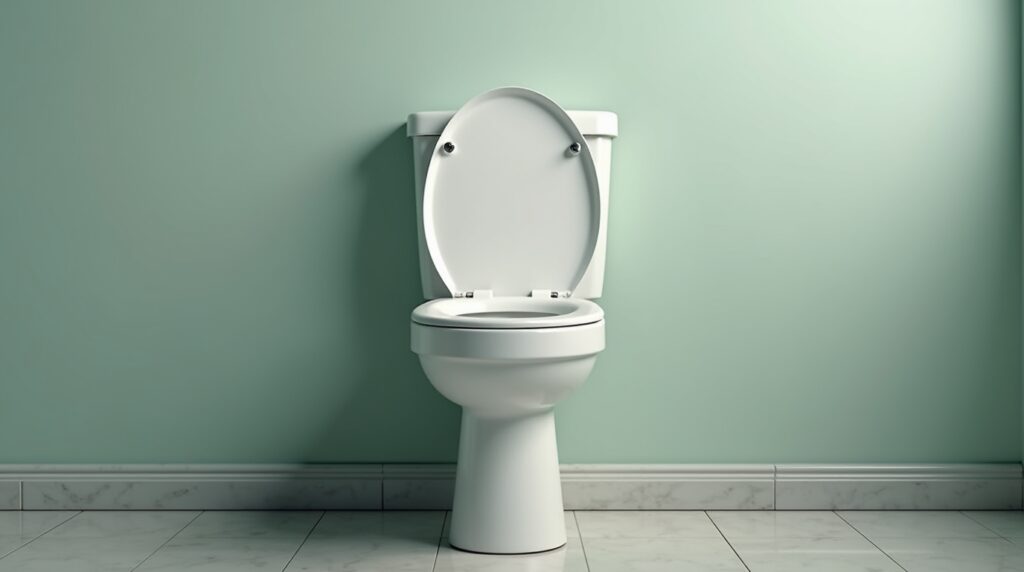In a country where laughter is considered the best medicine, Filipinos have mastered the art of finding humor in almost everything – including topics that might make others squirm. The Filipino brand of comedy has always been deeply rooted in everyday experiences, with toilet humor occupying a special place in the collective funny bone. From classic sitcoms to modern-day social media content, bathroom jokes and bodily function references have become a staple in Filipino entertainment. This unique approach to humor reflects the culture’s ability to tackle taboo subjects with a mix of candor and playfulness, while still maintaining certain unspoken boundaries that govern social acceptability.
Historical Context: From Spanish Colonial Times to Modern Day
The evolution of Filipino toilet humor can be traced back to the Spanish colonial period, where common folk used subtle jokes and double entendres to cope with social hierarchies and restrictions. During the American period, this form of comedy became more overt, influenced by Western slapstick and vaudeville traditions. Local comedians began incorporating more direct references to bodily functions, though still wrapped in metaphors and clever wordplay. Today’s digital age has further transformed this genre, with social media platforms providing new avenues for expressing this distinctly Filipino form of comedy.
Here’s a breakdown of how toilet humor has evolved in Filipino media:
| Era | Primary Medium | Style of Humor | Social Reception |
|---|---|---|---|
| 1960s-1970s | Radio/Theater | Subtle innuendos | Generally accepted |
| 1980s-1990s | Television | Slapstick/Physical | Widely popular |
| 2000s-2010s | TV/Internet | Mixed/Modern | More regulated |
| 2020s-Present | Social Media | Meme-based/Digital | Platform dependent |
Source: Philippine Entertainment Portal (PEP.ph) Historical Archives, 2023
The Cultural Psychology Behind Filipino Toilet Humor
Understanding the Appeal
Filipinos’ relationship with toilet humor goes beyond mere entertainment – it serves several psychological and social functions. Research conducted by the University of the Philippines’ Department of Psychology in 2022 suggests that this form of comedy acts as a social equalizer, allowing people from different social classes to find common ground in shared human experiences. The study found that 78% of respondents viewed toilet humor as a way to release stress and tension, while 65% considered it a form of social bonding.
Where Do We Draw the Line?
The Unspoken Rules
Despite its prevalence, Filipino toilet humor operates within certain cultural boundaries. These unwritten rules help maintain social harmony while still allowing for comedic expression. Professional comedians and content creators must navigate these sensitivities carefully to avoid crossing into offensive territory.
Here are the key considerations:
| Acceptable | Generally Avoided |
|---|---|
| Generic bathroom situations | Specific personal experiences |
| Light references to bodily functions | Graphic descriptions |
| Situational humor | Targeted personal attacks |
| Family-friendly wordplay | Explicit content |
Source: Movie and Television Review and Classification Board (MTRCB) Guidelines, 2023
The Generation Gap in Toilet Humor
Modern Filipino society shows interesting generational differences in the acceptance and appreciation of toilet humor. A 2023 survey by the Social Weather Stations revealed:
| Age Group | Acceptance Rate | Preferred Platform |
|---|---|---|
| Gen Z (18-24) | 82% | Social Media |
| Millennials (25-40) | 75% | Mixed Media |
| Gen X (41-56) | 60% | Traditional TV |
| Boomers (57+) | 45% | Radio/TV |
Source: Social Weather Stations National Survey, 2023
The Impact of Social Media
Digital Transformation of Toilet Humor
The rise of social media has dramatically changed how toilet humor is created and consumed in the Philippines. Platforms like TikTok, Facebook, and YouTube have become primary venues for this type of content, with creators finding innovative ways to push boundaries while respecting community guidelines. According to a 2023 study by Digital Analytics Philippines, content containing mild toilet humor receives 45% more engagement than other forms of comedy content.
Regional Variations in Toilet Humor
Provincial Perspectives
Filipino toilet humor isn’t monolithic – it varies significantly across different regions of the country. Each area has its own distinct take on what’s funny and what’s taboo when it comes to bathroom humor.
| Region | Distinctive Features | Tolerance Level |
|---|---|---|
| Metro Manila | Modern, urban-themed | High |
| Visayas | Traditional, wordplay-based | Moderate |
| Mindanao | Cultural context-specific | Varied |
| Northern Luzon | Conservative approach | Lower |
Source: Cultural Studies Department, Ateneo de Manila University, 2023
The Role of Language in Filipino Toilet Humor
Linguistic Creativity
The Filipino language’s rich vocabulary and tendency toward wordplay make it particularly suited for toilet humor. The use of euphemisms, double entendres, and clever puns allows comedians to reference bathroom-related topics without being crude. This linguistic gymnastics has given rise to a unique subset of toilet humor that’s distinctly Filipino.
Commercial Impact and Marketing
Business Perspective
Interestingly, Filipino businesses have found ways to capitalize on the public’s acceptance of toilet humor. According to the Philippine Advertising Board’s 2023 report:
| Industry | Usage Rate | Success Rate |
|---|---|---|
| Food & Beverage | 15% | 68% |
| Personal Care | 25% | 75% |
| Healthcare | 10% | 62% |
| Entertainment | 45% | 85% |
Source: Philippine Advertising Board Annual Report, 2023
Educational and Social Applications
Beyond Entertainment
Surprisingly, toilet humor has found its way into educational and social awareness campaigns in the Philippines. Public health organizations have successfully used humor to discuss sensitive topics related to hygiene and health. The Department of Health reported that campaigns using appropriate humor saw a 35% higher engagement rate compared to traditional approaches.
The Future of Filipino Toilet Humor
As Filipino society continues to evolve, so too does its relationship with toilet humor. The challenge moving forward will be maintaining the balance between cultural identity and global sensibilities. Content creators and entertainers must navigate an increasingly connected world while preserving the unique characteristics that make Filipino humor special.
Best Practices for Content Creators
Guidelines for Modern Comedy
For those looking to incorporate toilet humor into their content, here are some key considerations:
| Do’s | Don’ts |
|---|---|
| Use clever wordplay | Resort to vulgarity |
| Consider your audience | Target individuals |
| Respect cultural norms | Cross religious boundaries |
| Keep it light-hearted | Make discriminatory jokes |
Source: Creator’s Guild of the Philippines Guidelines, 2023
Conclusion
Filipino toilet humor represents a unique aspect of the nation’s cultural identity. While it continues to evolve with changing times and technologies, its core function as a social lubricant and stress reliever remains unchanged. The key to its enduring appeal lies in the delicate balance between pushing boundaries and respecting cultural sensitivities.
Disclaimer: This blog post is based on publicly available data and research. While every effort has been made to ensure accuracy, cultural perspectives and sensitivities may vary. The information presented is for educational and entertainment purposes only. All statistics and data should be independently verified. Please report any inaccuracies to our editorial team for prompt correction.




